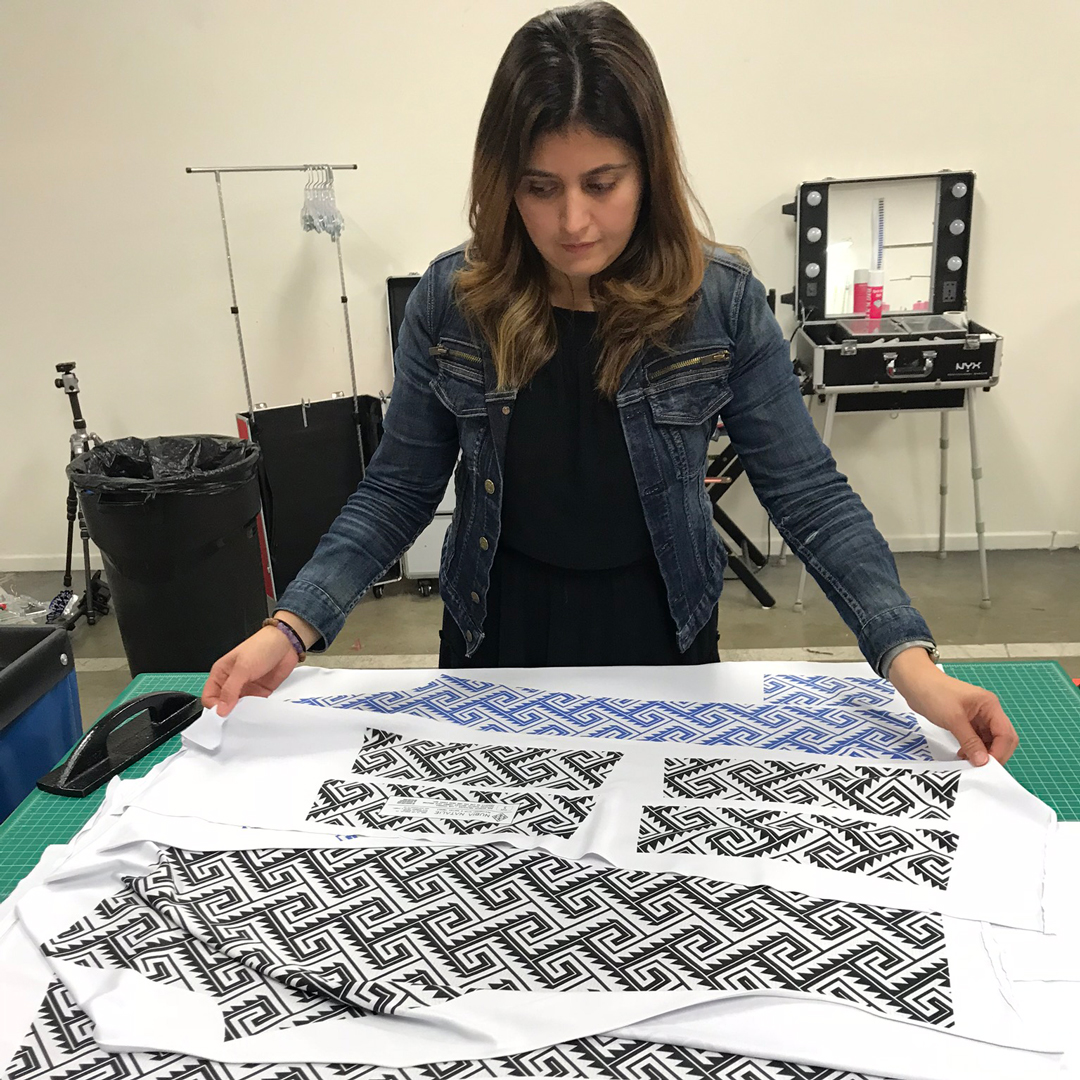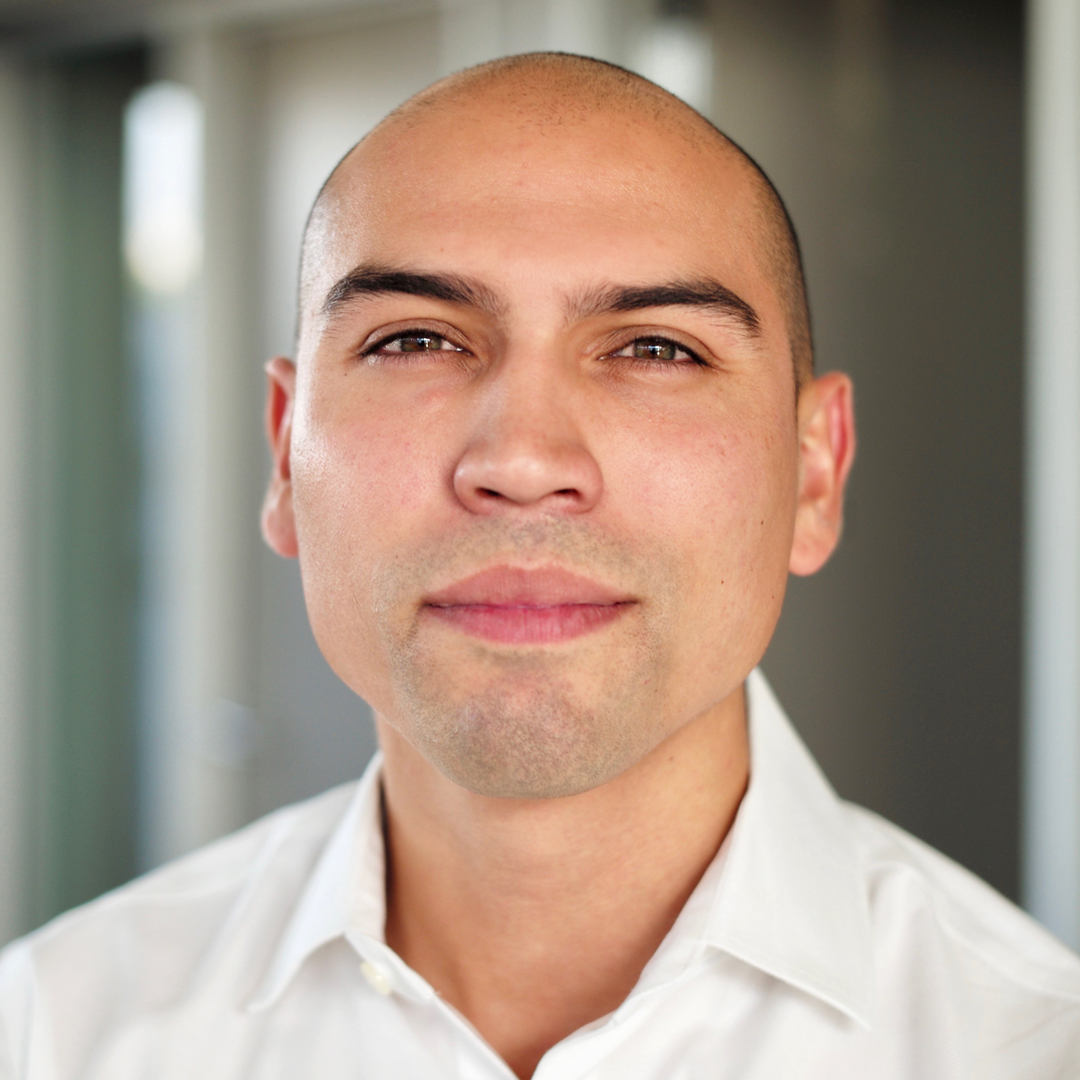|
Getting your Trinity Audio player ready...
|
Building is in the blood of John-Paul Saenz. As a child, he would vacation several times a year in Colombia where his mother’s family owned a civil infrastructure engineering and construction company. On those vacations he often spent time visiting job sites in remote locations with his uncles.
“Since middle school I knew I wanted to go into engineering and construction,” Saenz says. “With engineering and construction, you can point to something you made that has improved the community. The impact is both tangible and rewarding.”
Saenz and his family assumed he would eventually join their civil infrastructure business. However, while studying civil engineering at Georgia Tech in Atlanta, he discovered a strong interest in building construction through an internship with a general contractor in the city. Despite his regard for the family business in Colombia, he realized vertical building design and construction was his passion.
Saenz began his career in Atlanta, but he was soon recruited by Haskell, a global architecture, engineering, construction, and consulting firm with more than $1 billion in annual revenue that is headquartered in Jacksonville, Florida.
Twenty-three years later, he is Haskell’s executive vice president and chief operating officer.
Such longevity is not unusual at Haskell, nor is it accidental. As COO, Saenz makes employee experience a priority. “The first pillar of our 2025 plan is providing team members with the best jobs of their lives,” Saenz says.
One method for improving that experience is increasing workforce diversity. Saenz, the company’s first Hispanic executive, was instrumental in leading a project that launched the company into international work. Not long after he joined the team, PepsiCo announced plans to build a Frito-Lay plant in Veracruz, Mexico, and Haskell began looking for a bilingual project manager. Saenz volunteered and headed south to oversee what became a highly successful project.
“Innovation in engineering and construction technologies is a direct outcome of our focus on diversity. It’s [our] diverse experiences and thinking that has inspired the creation of software that uses AI to scan sites for safety hazards.”
Since then, the company has grown to over fifteen hundred employees and expanded into other areas of Latin America and Asia. “When I joined Haskell, if someone told me we’d be working across the globe, I would have thought that unlikely,” says Saenz. These global business demands prompted a pronounced focus on diversity hiring at Haskell. Prioritizing diversity is an important and visible part of the company vision. “Diversity is a pillar of our long-term strategy and an integral part of our culture,” he explains.
“Diversity is not about the metrics of a workforce or meeting quotas,” Saenz says. “It’s about recognizing that the best work products come from diverse teams. It means better thinking that leads to better solutions for our clients.” As a solutions-based company, Haskell is interested in exploring different ways of approaching its customers’ challenges. “Design teams that include designers from Asia or Latin America bring diverse ideas and methodologies from their unique backgrounds,” Saenz says. “It leads to better outcomes for our customers.” Saenz has seen this play out in everything from construction materials to installation to contracting approaches. “Even if an idea ultimately is not transferable,” Saenz says, “it makes you question what you think and how you do things which often presents new possibilities.”
Haskell is now very intentional about recruiting for diversity. “We need to constantly ask ourselves if we are looking broadly enough,” Saenz says. As an advocate of business diversity, Saenz is also a supporter and mentor within the Haskell Women’s Network, a group that promotes gender diversity through organized events during the year.
With far-reaching duties from marketing to execution, Saenz points to innovation and technologies that can help improve processes and services. In recent years, Haskell launched Dysruptek, a company built to explore, invest in, and operationalize new technologies. Saenz is excited about how Dysruptek’s projects, such as job-site safety technology based on location guidance, can positively impact Haskell and the entire industry. “Innovation in engineering and construction technologies is a direct outcome of our focus on diversity,” he says. “It’s diverse experiences and thinking that has inspired the creation of software that uses AI to scan sites for safety hazards. Can you imagine the benefit to improving worker safety?”
Saenz’s ongoing executive mandate is continued business growth, new markets, and new career opportunities for Haskell team members. “It’s not all about repeating or exploiting our existing business,” he says. “It’s also about exploring new business opportunities.” To do this, Saenz explains, he must continue to focus on recruitment, training, and development to help his team grow. “Our biggest and best resource will always be our diverse and talented team,” he says.
While Saenz didn’t join the family business, his family’s influence still guides his work. “My dad came to the United States from Colombia as a medical student to complete his residency in 1965,” he says. “He didn’t speak English and had never traveled outside the country. This was a remarkable and courageous step he took in exploring new opportunities for our family.” Today, that legacy informs Saenz’s dedication to Haskell’s business and his team members. “There is an added level of responsibility to do your best, to work hard, and to be successful when this is your legacy,” he says.
A Message from NV2A Group
Congratulations on this well-deserved recognition, JP! We wish you continued success and look forward to enhancing our partnership as The Haskell Co. and NV2A Group continue to build outstanding projects together.
Related Links
Dan Ramirez Leads Teva Pharmaceuticals into a New Age of Facilities Management
How Sandra Cardona remains agile and leads according to context

